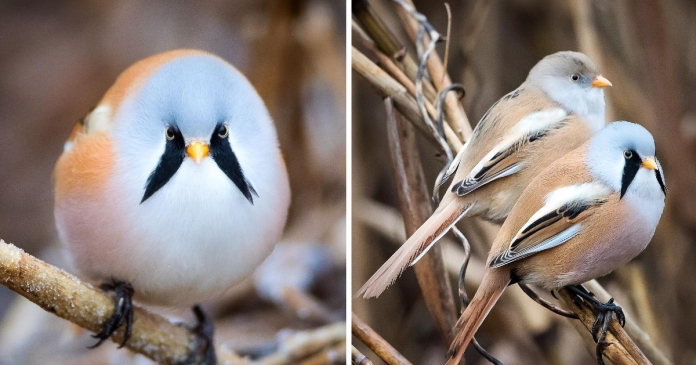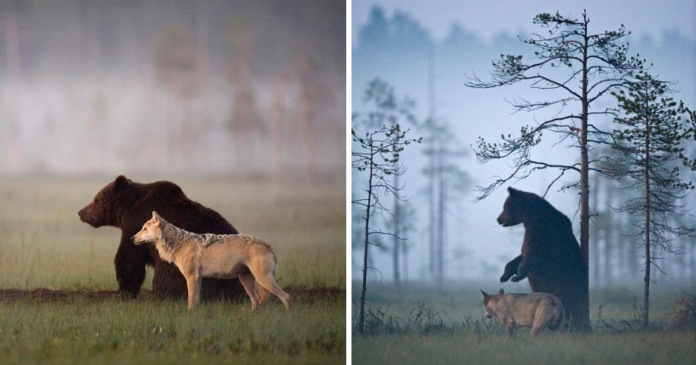Dodos, like dinosaurs, are extinct, yet remain prominent in popular culture. While we may never see a dodo in our lifetime, we can still observe its closest living relative, the Nicobar pigeon.
These colorful birds evolved their iridescent plumage on the Indian Nicobar Islands, where they had no natural predators.
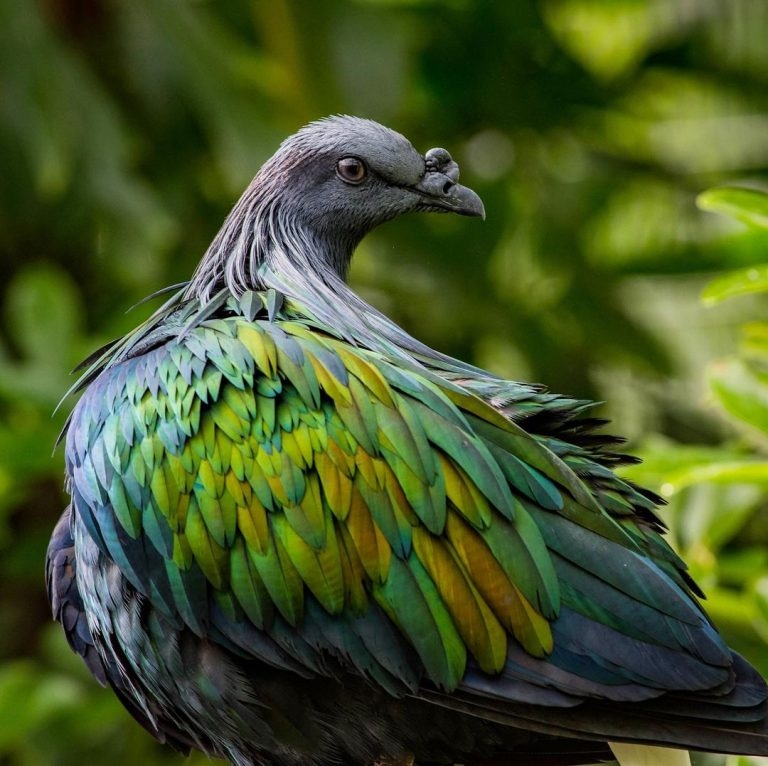
Both the Nicobar pigeon and the dodo bird, island dwellers like the Nicobar pigeon, face threats of extinction due to hunting, habitat loss, and invasive predators such as cats and rodents on their nesting islands.
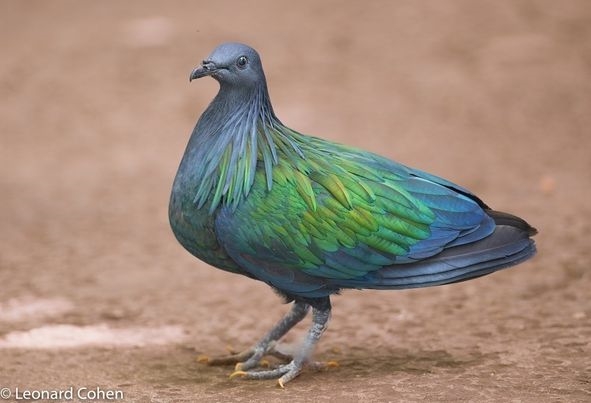
These ground-dwelling birds, known for their colorful feathers resembling a watercolor palette, are now classified as “near threatened,” echoing the historical fate of the dodo bird.
Its 40 cm size makes it slightly bigger than other pigeons, and its upper parts are an attractive metallic blue-green and copper-bronze color.
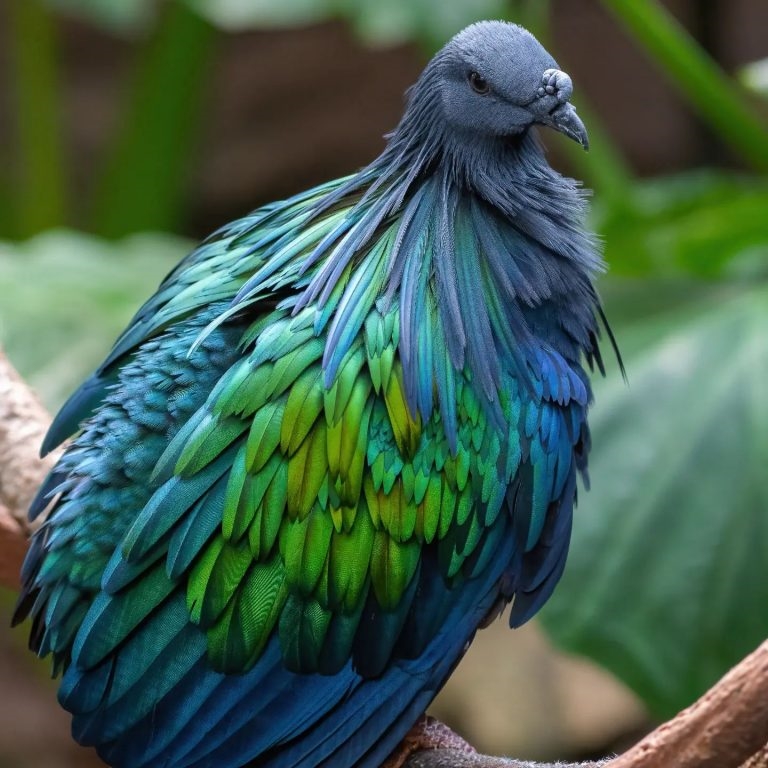
It is easily identified by its white tail coverts and tail, which contrast strikingly with its gleaming mane-like neck hackles.
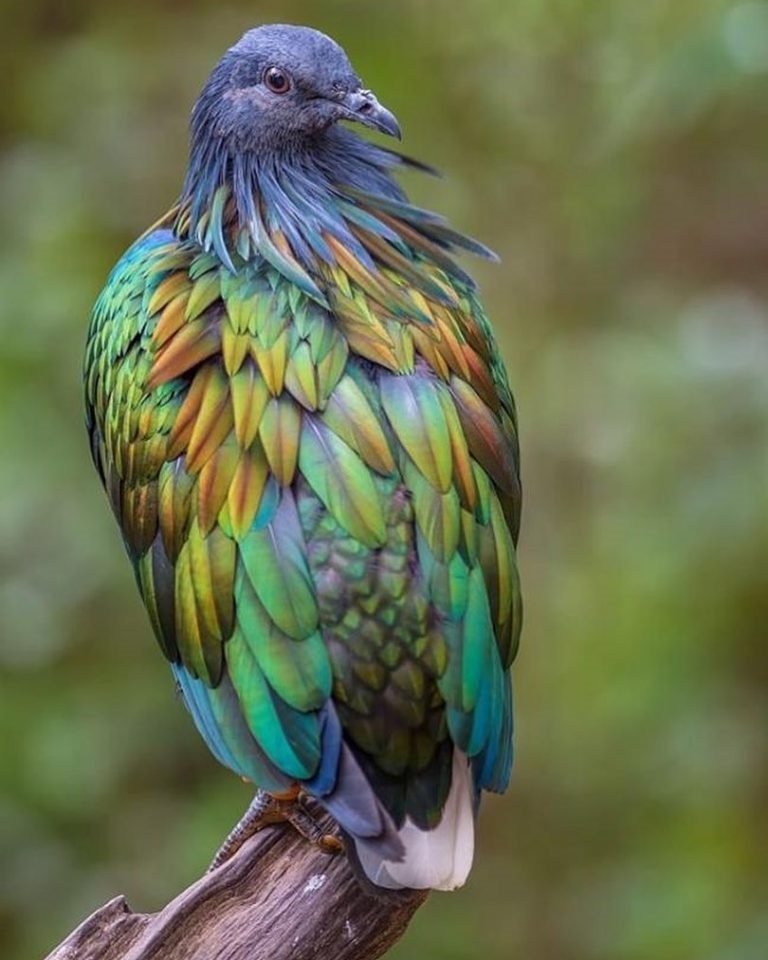
Females are smaller than males, with brown underparts and shorter neck hackles. Despite being capable of fast, powerful flight over long distances, they primarily feed on the ground, picking fruits and seeds from the forest floor.
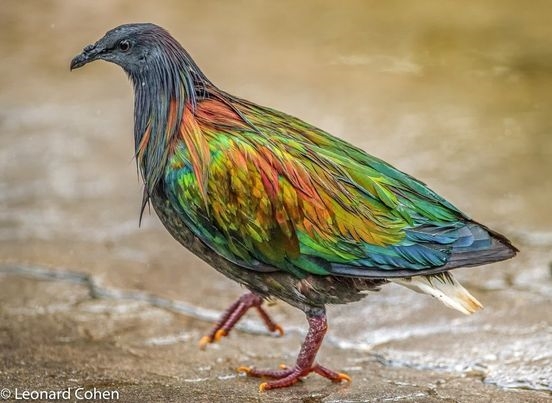
Sadly, the gizzard stones from these birds are used to produce jewelry in addition to being caught for food and the pet trade.
